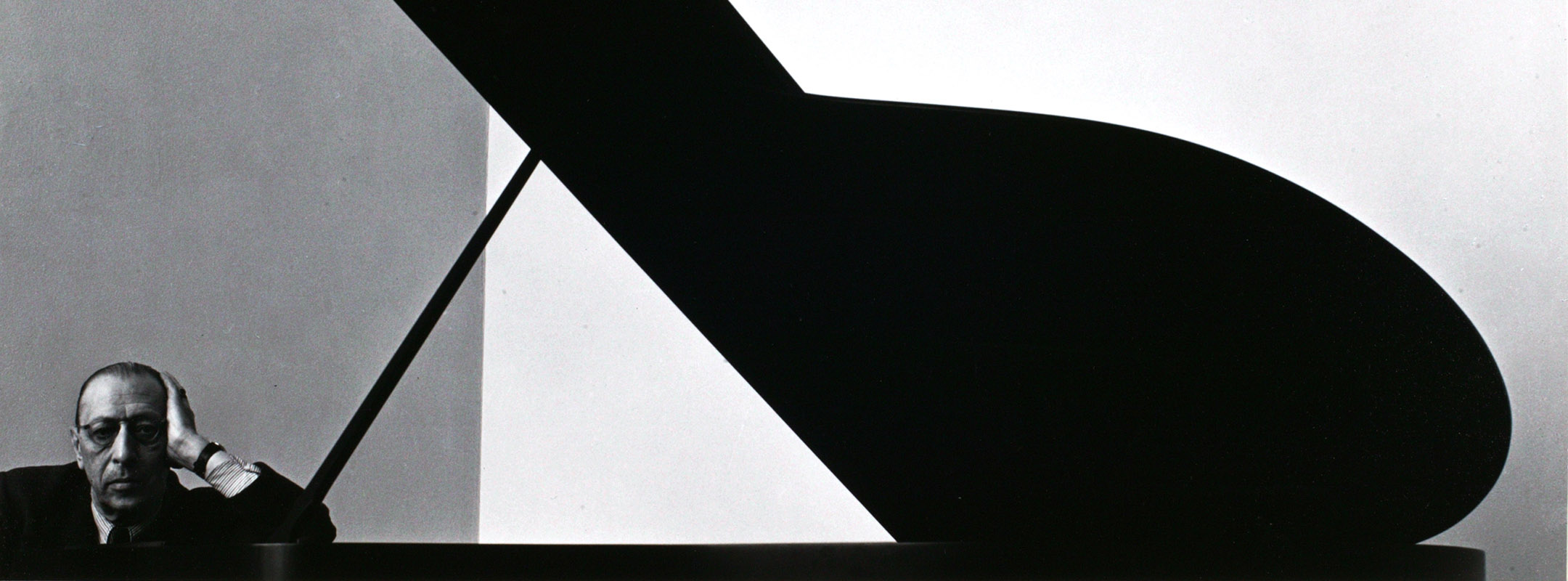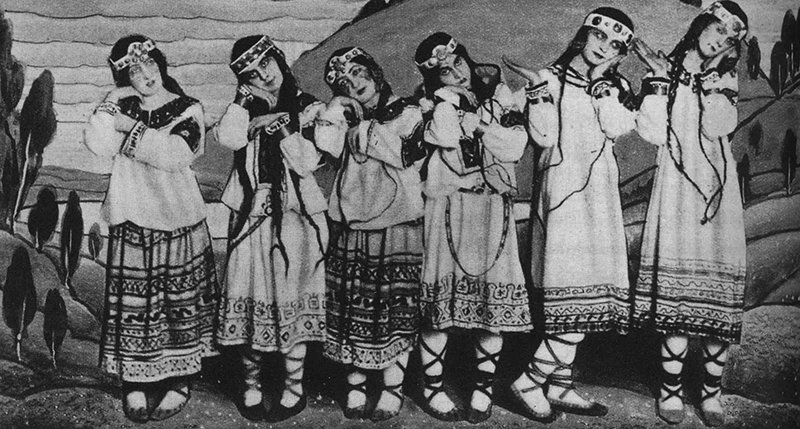
Clarinet
This week while the orchestra gets over the news that Sam (viola player) got a free kitten from a woman on the tube, I’m getting stuck into the exciting world of Neoclassicism.
Neoclassicism in music was a 20th century movement where composers drew inspiration from the style of the Classical era, so let’s start with a look at the core values of this earlier period. Firstly, the structure of music was fairly prescribed (until Beethoven rocked the boat). A symphony would have four movements: the first movement would be fast, the second slow, the third a minuet, and the fourth fast to finish. Sound familiar? This was a tried and tested formula and following these rules (broadly speaking) Mozart managed to write 41 symphonies before his death aged just 35, while Haydn churned out 106!
Another important part of the classical style was that there was a certain purity to the writing. Apart from the clear structure of pieces, melodies were symmetrical with a simple accompaniment. By symmetrical I mean the melodies would be well rounded and 'questions' would always be answered. For instance, in a vintage classical phrase the whole thing might be eight bars long with a ‘question’ asked in the first four bars which is then emphatically answered in the next four. As the style evolved in the 19th century, phrases became frequently less symmetrical and could seem to last forever, leading to giant climaxes. During this Romantic movement composers were on a mission to search deep into the soul, and symphonies often had heart-wrenching stories attached. This was a time when eccentrics like Beethoven and Berlioz were writing gargantuan pieces for huge groups of players, with subplots in the music which spoke of the anguish of their lives. But music of the classical period rarely had these strings attached, so in this way was less complex.

Dancers from The Rite of Spring, 1913
The Romantic period led into the 20th century, which was a period of fireworks and revolution in music. In 1913, the premiere of Stravinsky’s The Rite of Spring in Paris literally caused riots. Imagine that happening today, people taking to the streets to vent their displeasure at a piece of music! It was a piece that set the bar for all music to follow, in the way that it threw two fingers up to tradition. Music was moving in directions never before explored, to the point that some years later in Austria, Arnold Schoenberg would completely tear down the traditional rules of harmony and introduce his monumental twelve-tone method, which was based on the mathematical principle of using every single note of the chromatic scale within set periods of a piece. This was an absolutely ground breaking twist in music and could not have taken music further from the style of the classical era. Music became intensely chromatic and cluster chords became the norm, so much so to make The Rite of Spring look tame.
Interestingly the man who wrote The Rite of Spring, Igor Stravinsky, was a huge figure in Neoclassicism. We recently performed Stravinsky’s opera The Rake’s Progress and it was fascinating to play music which so very nearly feels like it should be phrased in a classical way but actually has much more punch to it. This is the work of the man who caused Paris to froth from the mouth of course!
We’re getting another chance to perform a great piece of Neoclassicism in the form of Prokofiev’s Symphony No.1, which is even titled ‘Classical’. It’s so interesting to see how Prokofiev has used the structure and technique of composers like Mozart and Haydn and put his own 20th century mark on it. It's full of musical trickery and surprises, a perfect tribute to the joker that was Haydn. I can’t wait to perform it with Vladimir Ashkenazy at the Barbican.
So why would some 20th century composers choose to look back to the classical era? Maybe at a time when tradition was being turned on its head, Neoclassicism meant composers could look back to a time before (wonderful) madness ensued. It certainly gave more creative options and it is fascinating to see composers twist old styles into their own image.
Vladimir Ashkenazy joins us to conduct three propulsive masterpieces by Grieg, Prokofiev and Beethoven. Find out more here.
Find out more about Charlie here.